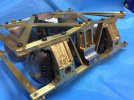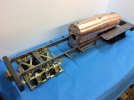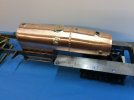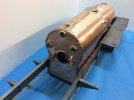mike evans
Active Member
In the early part of this year I started scratch building a 3.5" Shay loco using Kozo's excellent book as my guide.
After a lengthy search I found the correct bevel gears and also placed an order for the boiler which should be here next week.
Here are a few photos of the work so far
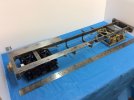
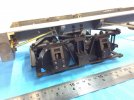
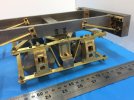
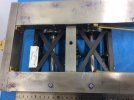
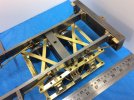
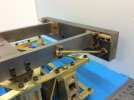
i hope you enjoy these photos .
More photo as further progress is made
Mike
After a lengthy search I found the correct bevel gears and also placed an order for the boiler which should be here next week.
Here are a few photos of the work so far






i hope you enjoy these photos .
More photo as further progress is made
Mike

